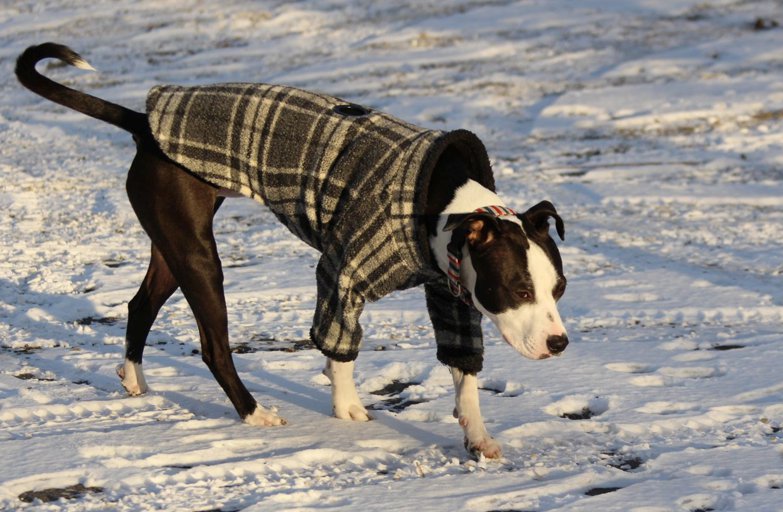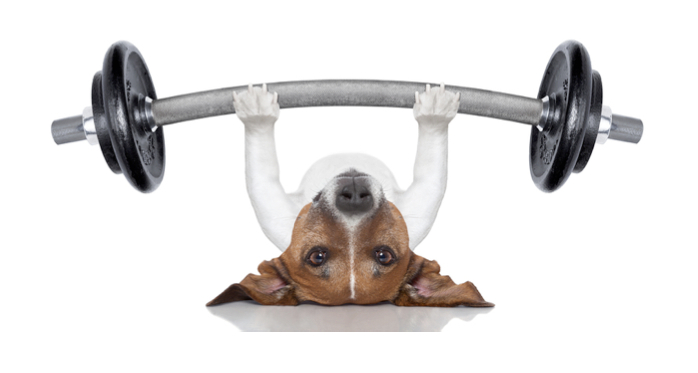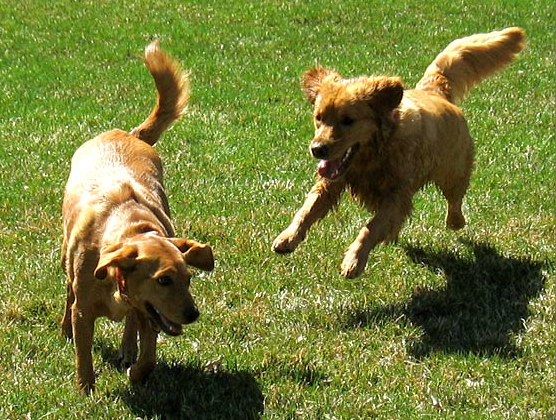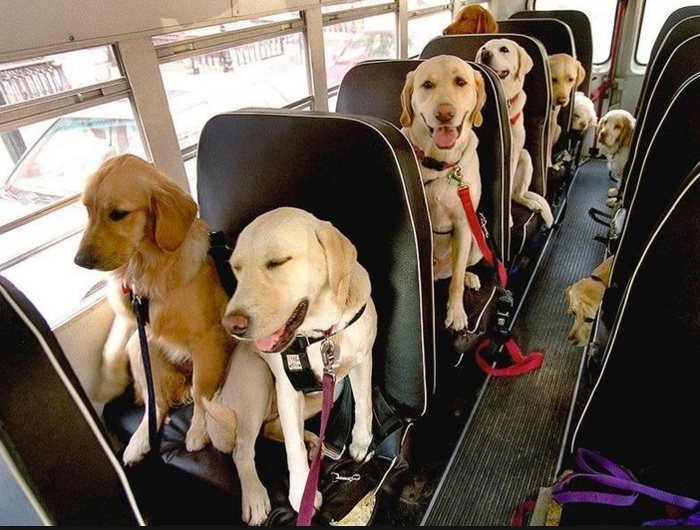Amy Mishima's Happy Dog Owner Blog
How Much Does A Dog Walker Cost In Elmhurst?
So you’re thinking about hiring a dog walker. I’m sure your mind is flooded with questions to research and ask the plethora of dog walking companies in your area. One of first questions you're probably thinking of concerns dog walking rates and prices.
The price of a dog walker can depend on several factors including duration of the walk, individual vs. group walks, how many dogs you have, and extra or special service requests.
Mind you, those are just some of the factors you'll want to consider and just typing those out made my head spin.

The average price for a 30-minute dog walk is between $15 to $25. For our own Elmhurst dog walking services, we charge $19.95 for a 30-minute visit. Our price is solely determined by the duration of the visit.
You’ll find that many dog walking companies will not have one set dog walking fee. The most common theme I’m noticing between dog walking rates is the varying prices based on the time of day. It’s typically cheapest to have your dog walked between 11am and 1pm, as the price will go up for earlier or later visits.
Not only does time make a difference, but also the day of the week can change the cost as well. Weekend dog walks can easily be an extra $5 or $10 on top of the normal, weekday walk.
And to further complicate things, some companies provide discounts for the number of walks you schedule each week. So if you schedule more than three walks, you’ll save a couple dollars. Great, who isn’t happy saving a few bucks? But wrapping my head around all the different dog walking prices based on so many different variables is too confusing.
I’d rather spend my efforts interviewing the potential walker or company to determine if they are trustworthy, reliable, and get along well with my dog (and me, since I’m the one who will be communicating often with that company).
At the end of the day, I don’t think cost should be the main factor to consider when choosing a dog walker. So long as the rates seem reasonable to you for the quality of service provided to you and your pooch, that’s what counts.






